While Canon was teasing us about the EOS R5 over the last few months, it was rather more tight-lipped about the EOS R6.
Until now, all we’ve known about the latter camera was based on rumors and leaks, with specs like 20fps burst speed, animal-detect autofocus and dual card slots getting us all hot and bothered at the possibility of a relatively affordable full-frame mirrorless camera with high-end specs.
Almost everything that was previously leaked is true – Canon has created a camera that, although targeted at hobbyists and enthusiasts, is shaping up to be one of the best consumer cameras yet, whether DSLR or mirrorless.
Where the R5 takes over from the popular EOS 5D DSLR series, the EOS R6 follows on from the EOS 6D series. However, to compare the EOS 6D Mark II to the R6 would be foolhardy, as there’s a whole lot more to unpack in the new mirrorless version – in fact, it’s fair to say that the R6 is on a completely different plane to its DSLR predecessor.
And while the R5 has video skills the EOS R6 lacks, Canon has made it very clear that the R6 is first and foremost a stills camera that happens to have 4K/60p recording. More importantly, it’s the first time that high-resolution video recording has been made available with no crop on a Canon camera.
The EOS R6 takes what’s great about the EOS 1D X Mark III professional sports DSLR, and adds a few more features like in-body image stabilization (IBIS), another first for Canon – and the result, in our opinion, is a full-frame mirrorless camera that we can get truly excited about.
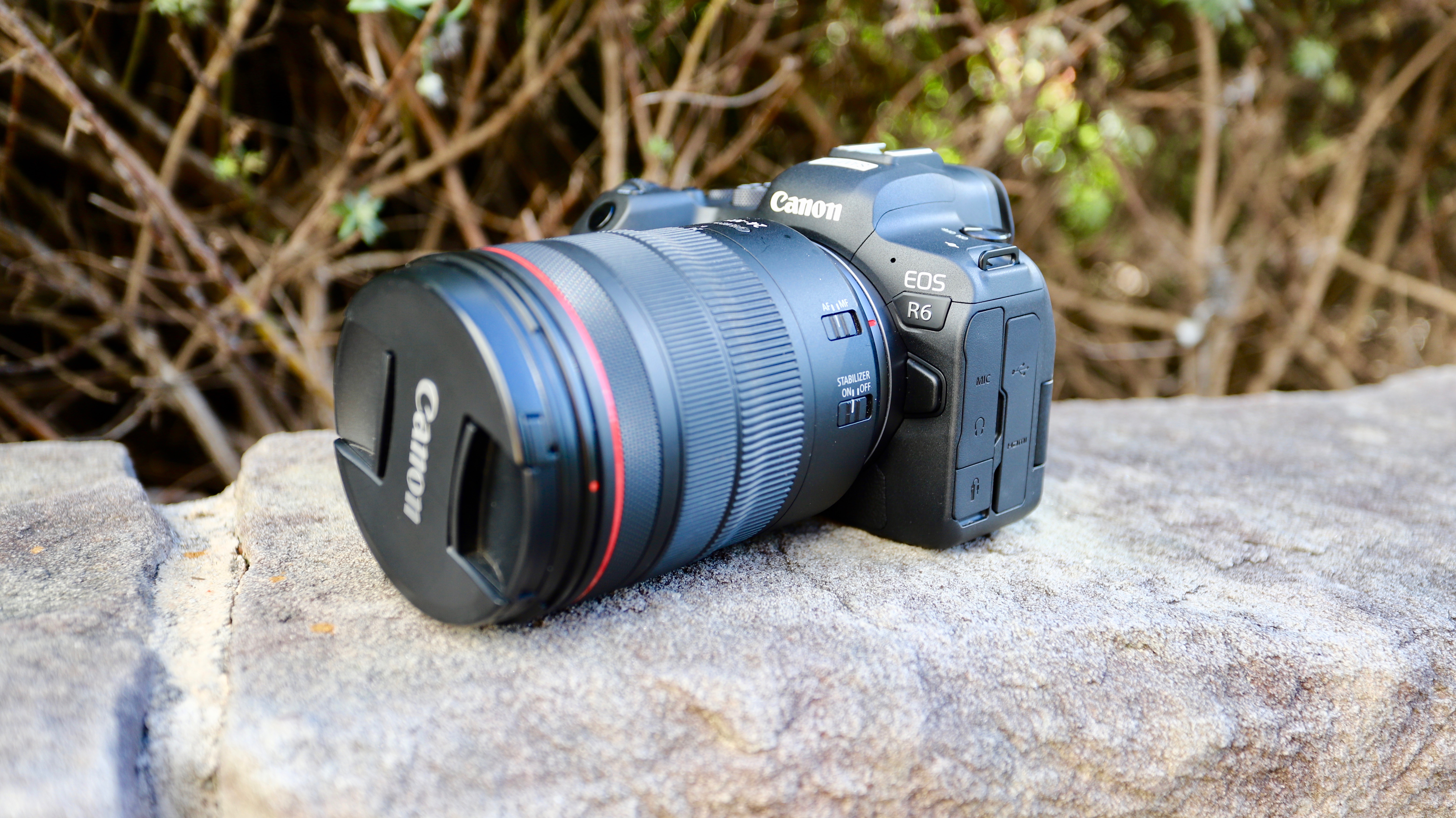
Release date and pricing
- Pre-orders open July 9
- Shipping begins August 2020
- Australian customers get Canon’s five-year warranty
If you’re keen on getting your hands on the EOS R6, it will set you back $2,499 / £2,499 for the body alone. Australian pricing is yet to be confirmed but at current currency conversion rates, that works out to about AU$4,500.
That’s a pretty competitive price point when you take into consideration the R6’s impressive spec sheet, and the EOS R’s launch price of $2,299 / £2,349 / AU$3,349.
The EOS R6 is available to pre-order directly from Canon and from all major retailers now, although you will have to wait until the end of August for the camera to start shipping and land on shelves.
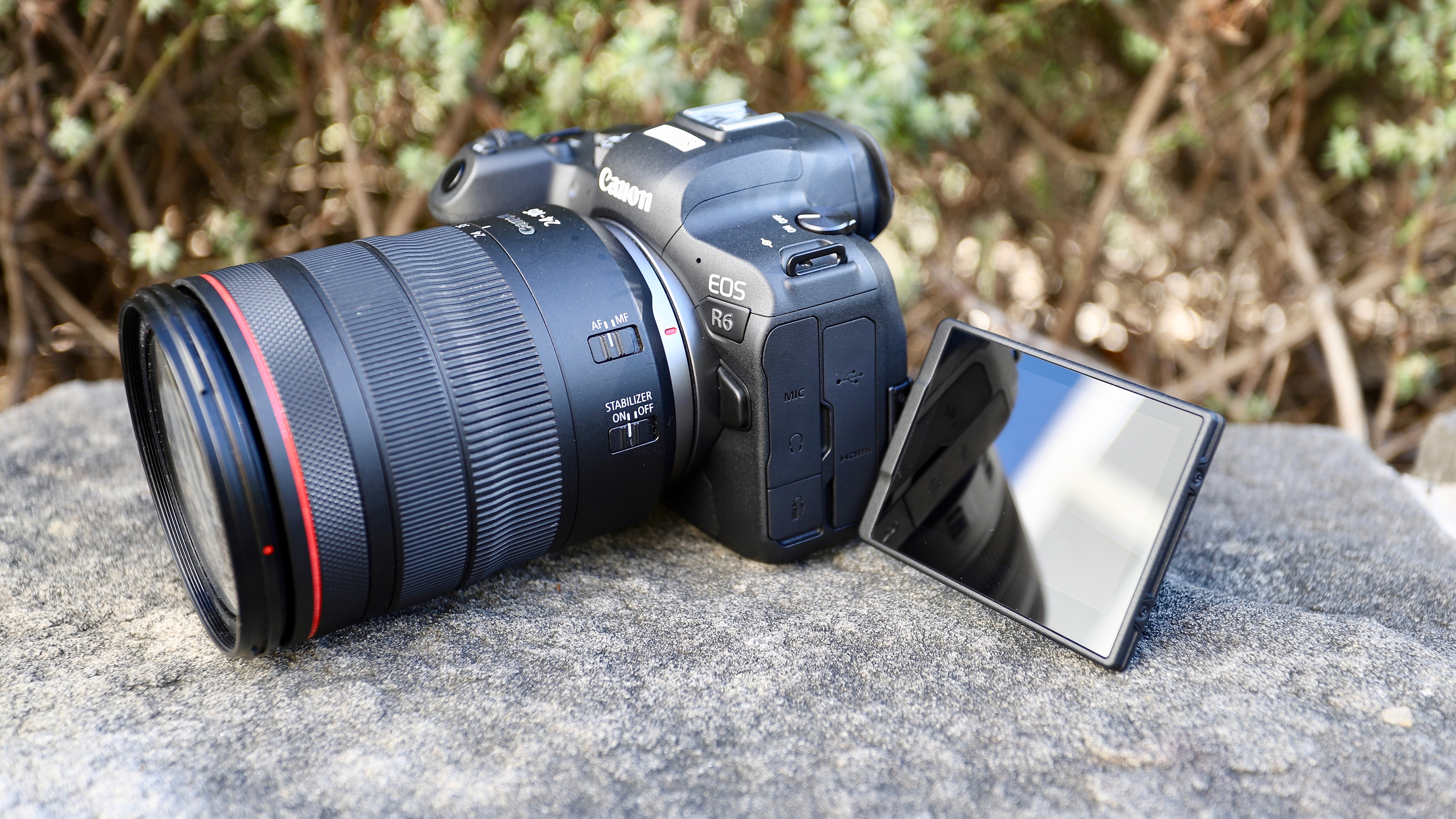
Specs and features
- 20.1MP full-frame CMOS sensor
- IBIS with up to 8 stops of compensation
- Head- and eye-detect AF for animals as well
There have been so many cameras aimed at video makers in recent years that it’s refreshing to see that some manufacturers haven’t forgotten stills photographers. Canon’s target market for the new EOS R6 is “photographers more focused on stills” who may also want to take videos occasionally, with the camera inheriting some top-end features from the EOS 1D X Mark III, starting with its processor.
Canon’s latest Digic X imaging engine works alongside a slightly redesigned 20.1MP full-frame CMOS sensor that, the manufacturer says, is “similar” to the one used in the sports DSLR.
The updated sensor incorporates Canon’s second-generation Dual Pixel autofocus architecture (called Dual Pixel CMOS AF II), which should, in theory, improve phase-difference detection autofocusing in Live View, and also allow for faster readout speeds during fast continuous shooting and while capturing 4K video at high frame rates. It should also reduce rolling shutter distortions when using the sensor-based electronic shutter.
20.1MP might seem like a step down from the 26.2MP sensor in the 6D Mark II and EOS RP (or the 30MP one in the EOS R), but it’s all about improving speed. While it can’t quite match the 1D X Mark III’s blazing-fast 16fps burst rate with the mechanical shutter, the R6 is capable of 12fps bursts, while if you switch to its electronic shutter it'll match the sports DSLR’s 20fps – perfect for any wildlife or sports scenario.
Lower pixel counts also mean bigger pixels, which translates to better light sensitivity and higher signal-to-noise ratio, giving the EOS R6 a native ISO range of 100-102,400 that can be expanded either side to ISO 50 and ISO 204,800 – a massive step up from the EOS R’s native sensitivity range of 100 to 40,000.
Canon says the decision to use a lower-resolution sensor is also to help event photographers manage their workflow – lower pixel count means file sizes are smaller.
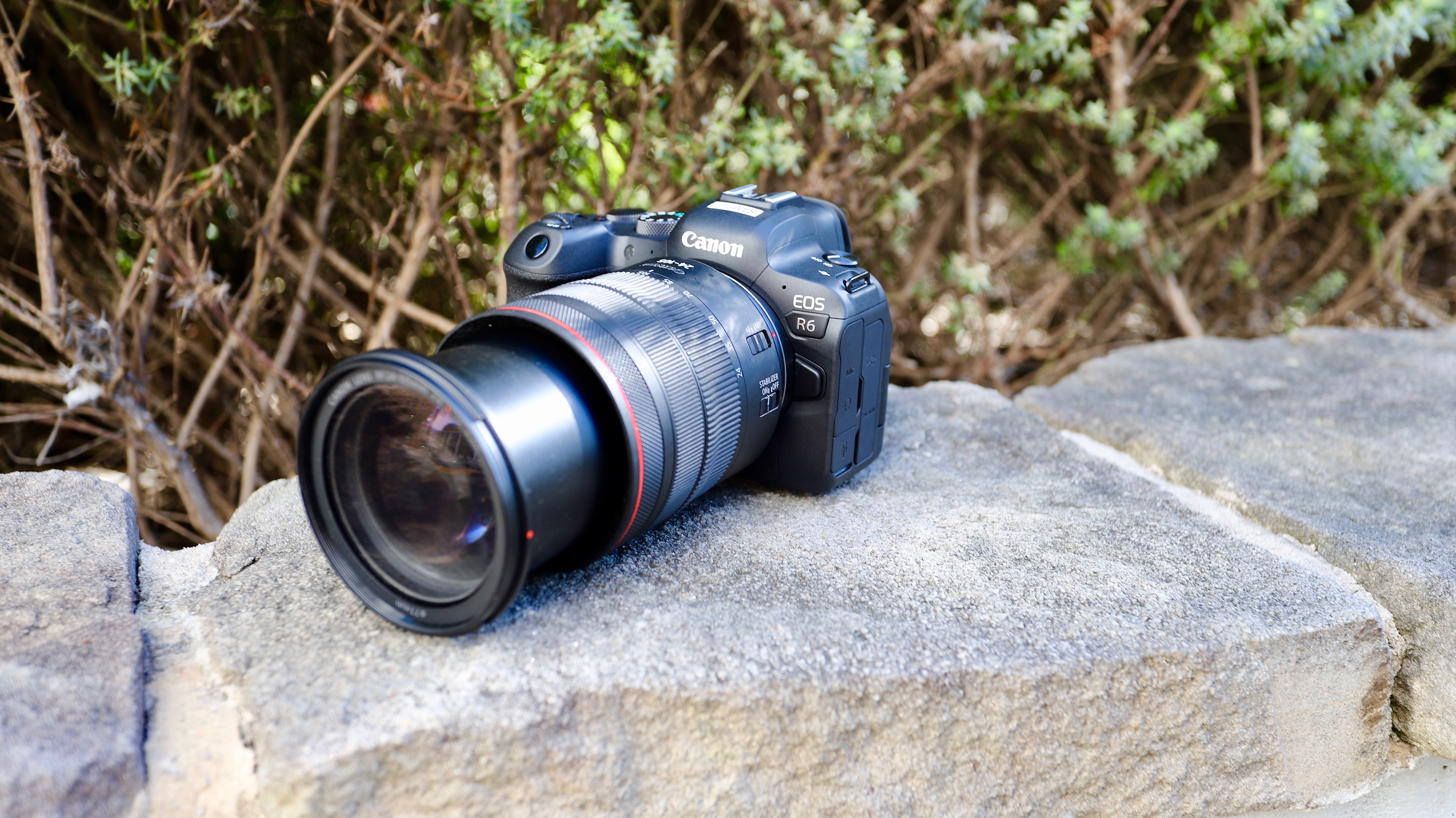
The headline feature, though, is the addition of in-body image stabilization, something Canon has historically shied away from. Canon says the newly designed 5-axis system offers up to eight stops of compensation when working in tandem with a stabilized lens, making it possible to use the camera handheld at slower shutter speeds, although the compensation will depend on which lens is being used.
For example, with the RF 24-105mm f/4L IS USM lens, which offers five stops of stabilization, you’ll get eight stops of coordinated control; however, with the RF 24-240mm f/4-6.3 IS USM lens, which is longer and heavier but has the same 5-stop stability, you’ll get a combined 6.5 stops of stabilization. And if you use a lens without IS (like the RF 28-70mm f/2), you’ll still get the full eight stops of stabilization.
The EOS R6’s autofocus system has also been given a boost, with 6,072 user-selectable AF points covering 100% of the frame, an improvement over the EOS R’s 5,655-point system. Canon also claims the R6 (and the R5) have the “world’s fastest AF for a full-frame camera”, measured at 0.05 seconds, although the EOS R also lays claim to the same AF acquisition speed. That said, Sony is ahead of Canon with its Alpha A6400 APS-C mirrorless camera, which has a stated AF acquisition speed of 0.02 seconds.
Like the 1D X Mark III, the EOS R6 also has HEIF (High Efficiency Image Format) file support, which means images are captured in 10-bit RGB color for wider dynamic range and color gamut. This format also uses a more efficient compression algorithm that saves a lot more information than traditional JPEGs, and is a great alternative for anyone who doesn’t generally shoot in raw.
In terms of video, the R6 is clearly not competing with the R5. 4K/60p capture is the best you can get here, and in UHD only. There’s no DCI support for a more cinema-like look, but then Canon hasn’t designed this camera for videographers.
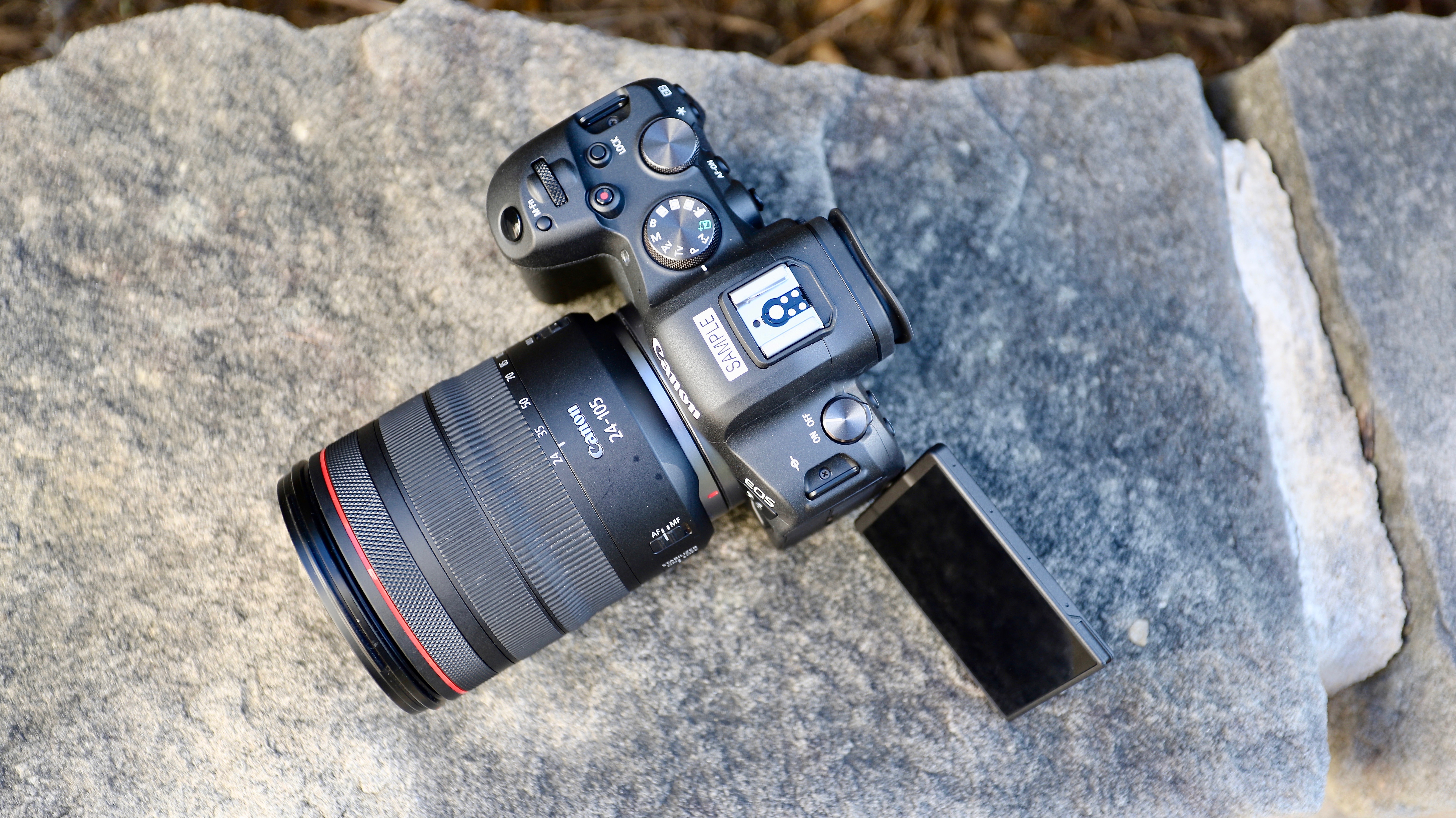
Design and handling
- Deep, ergonomic grip
- Joystick multi-controller
- Dual card slots
Physically, the Canon EOS R6 resembles the original EOS R in some ways, but there are a few obvious differences, the most noticeable one being the return of the joystick multi-controller on the camera’s rear.
The touch bar on the rear panel of the EOS R was a bone of contention for many users and, and we're happy to see that it’s gone. In its place is a large and textured joystick, which is easy to find without taking your eye off the viewfinder when you want to select AF points. The other difference on the rear control setup is the return of the Quick Menu (Q) button, which was also missing from both the EOS R and the RP.
Up top, the R6 misses out on the LCD display found on the EOS R and R5 (and also on Canon’s DSLRs), but gets a traditional mode dial that will be familiar to most Canon DSLR users.
Like most of Canon’s DSLRs, and its R-series cameras, the grip on the R6 is deep and comfortable to hold for long periods of time, even if you’ve got small hands. If you’re an existing Canon user the control layout will, for the most part, be very familiar to you, as will the menu system.
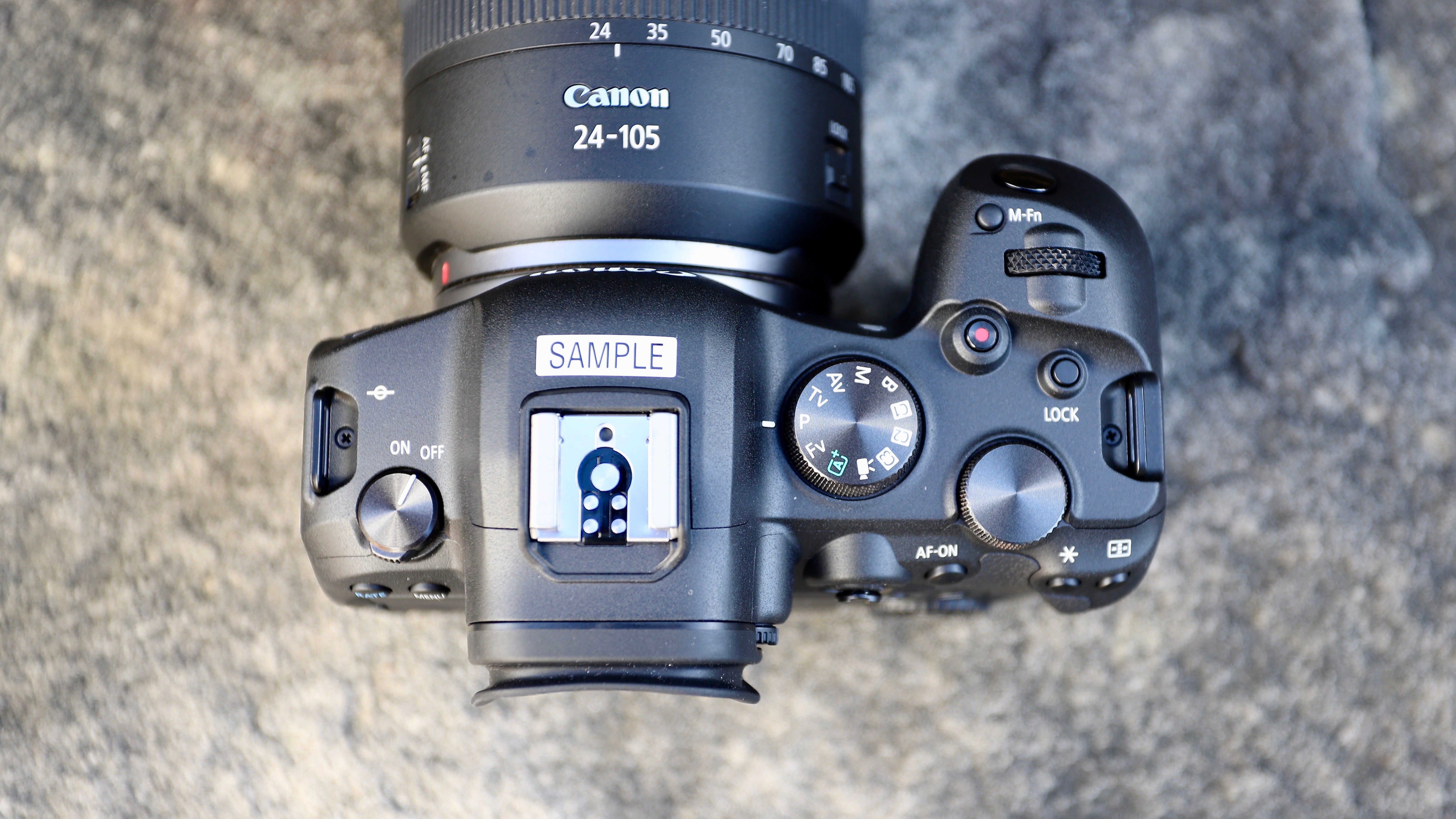
Some rumors had claimed that the R6 would share the same high-res EVF as the R5, but that's turned out not to be the case. Instead, the R6 gets a 3.69 million-dot panel – the same resolution as the one on the EOS R. While a higher-resolution EVF would have been welcome, there’s absolutely nothing to complain about here – and a refresh rate of 119.8fps means you’ll barely notice any blackout.
If you’re not keen on using the EVF, you can always shoot in Live View, and frame your image using the 3-inch 1.62 million-dot rear touchscreen. This vari-angle display is slightly smaller than the one on the EOS R5, which is 3.2 inches thanks to having thinner bezels.
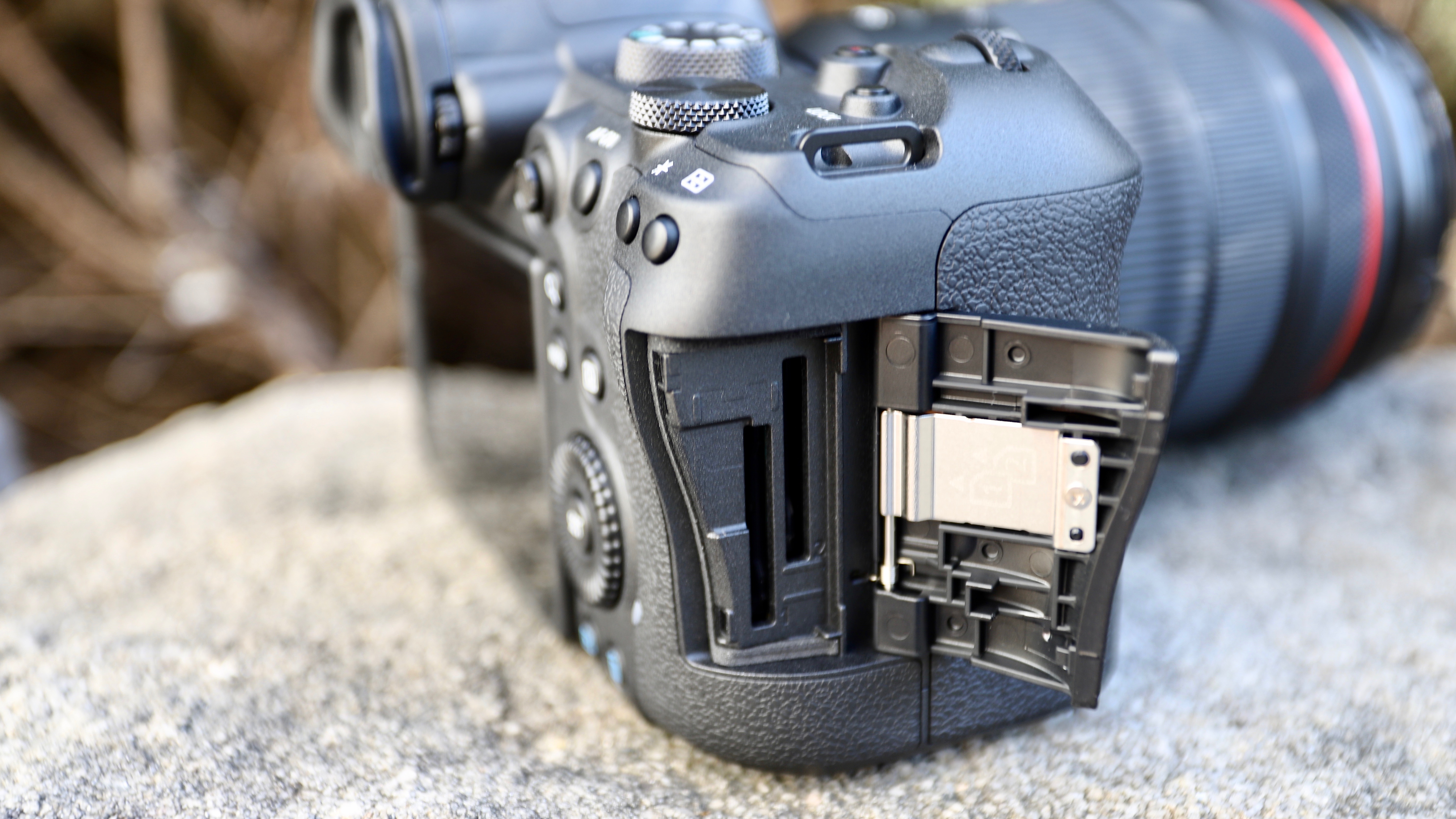
Another major improvement the EOS R6 brings is dual card slots, both of which support the SD UHS-II format. You can record to both simultaneously if you wish, or to one at a time.
Both the R6 and the R5 also benefit from a new battery, the Canon LPE-6NH, which not only offers improved longevity (up to about 500 shots as per CIPA’s conservative rating), but is also compatible with any Canon body that uses LP-E6N or LP-E6 batteries (like the 6D Mark II, for example).
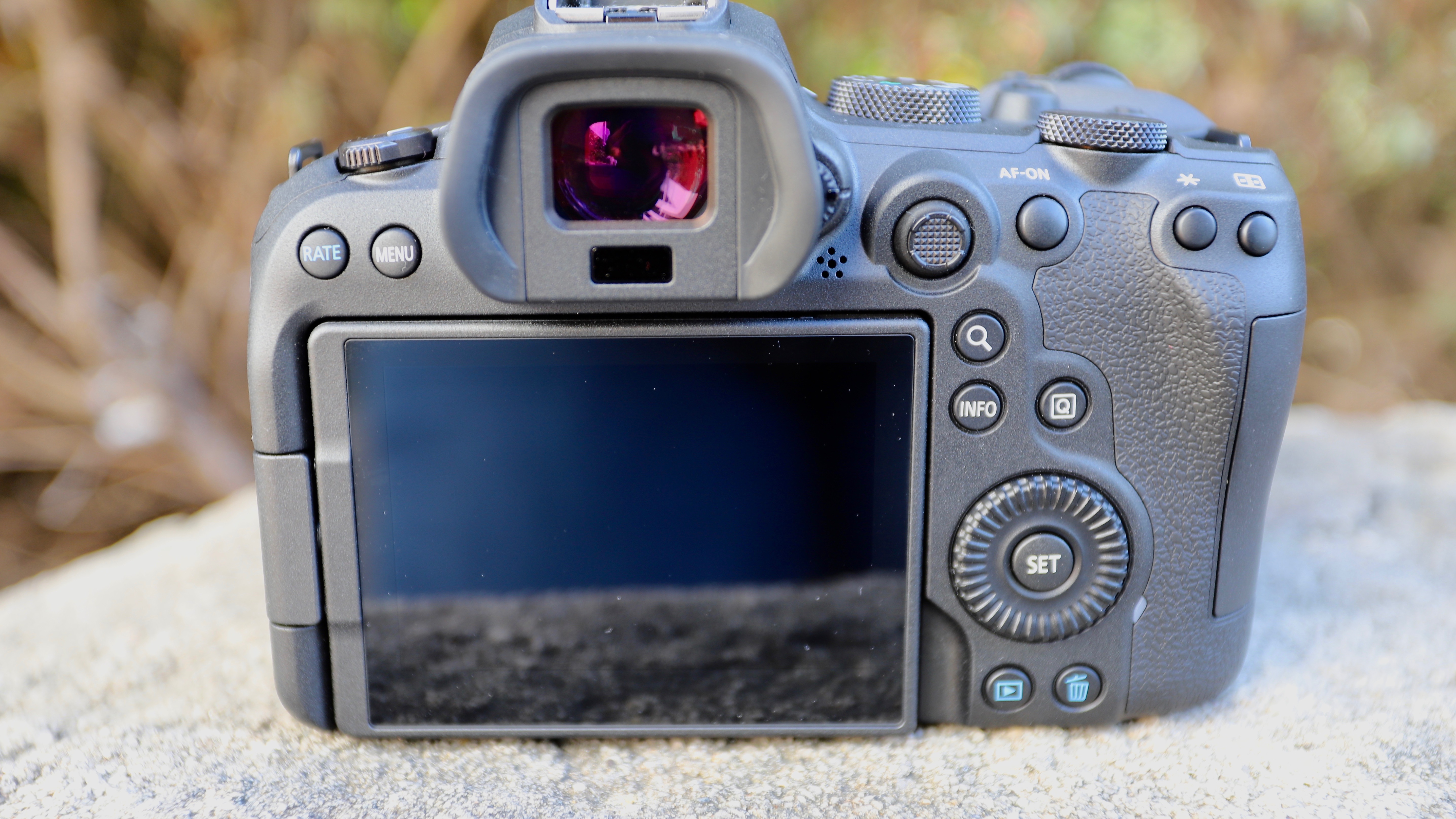
Performance
- Excellent AF performance
- Very effective IBIS
- Up to 20fps burst speed
It’s tempting to compare the performance of the Canon EOS R6 to the 1D X Mark III – they’re remarkably similar in terms of speed and autofocus accuracy. Although we tested a pre-production sample of the R6 which didn’t have the final firmware, the camera performed beautifully.
Autofocus is almost instantaneous, whether you’re focusing on people or a bird, and the camera knows instantly to aim straight for an eye. We didn’t have an Atomos recorder to demonstrate how precise animal AF was, but every time we focused on a bird, the AF system would hone in on the animal’s head if the eye was turned away, and very often even kept the entire body in focus if the head was tucked under a wing.
Like the 1D X Mark III, subject tracking is exceptional as well, with the camera able to lock onto a target and stay with it even if something (or someone) crosses its path.

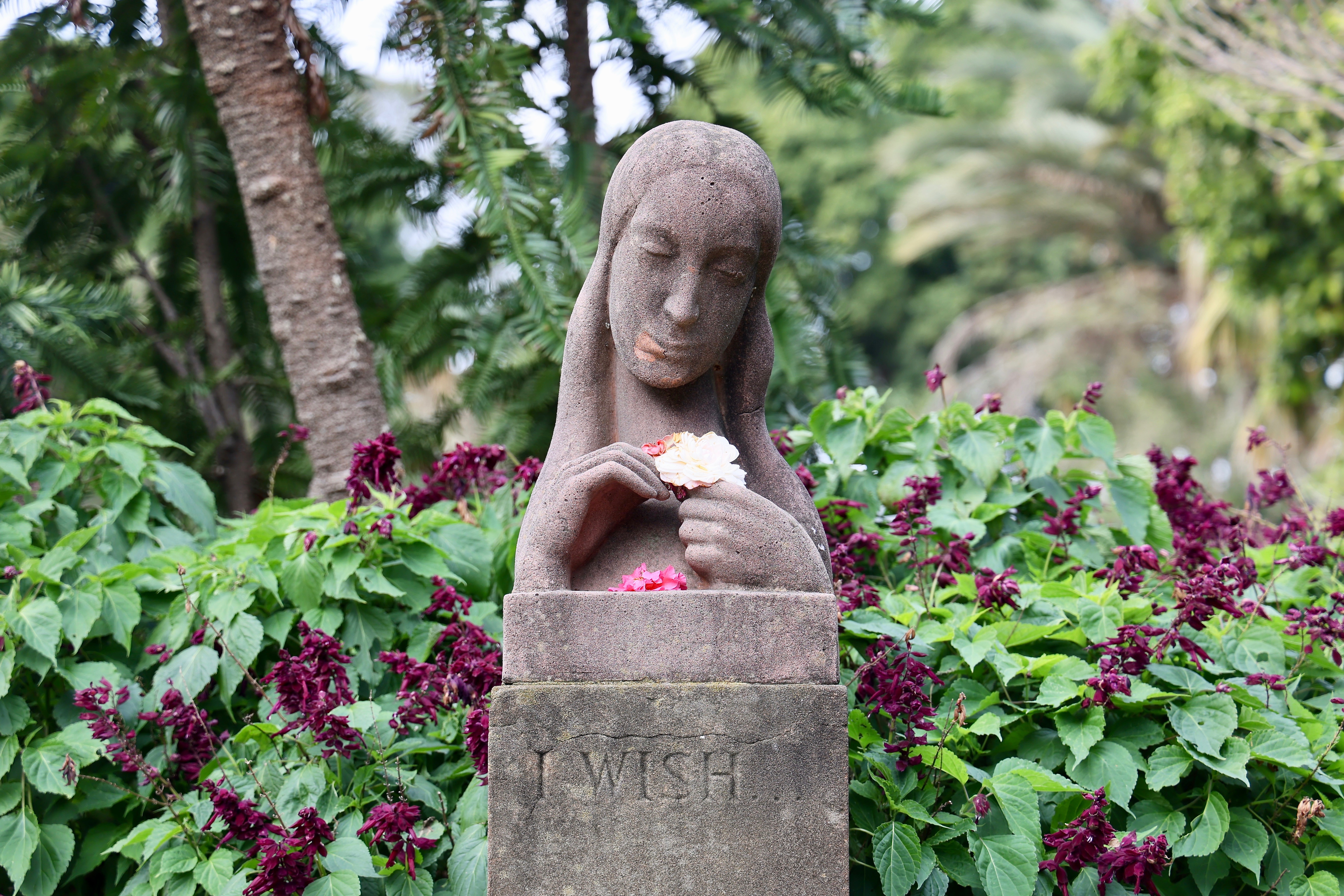
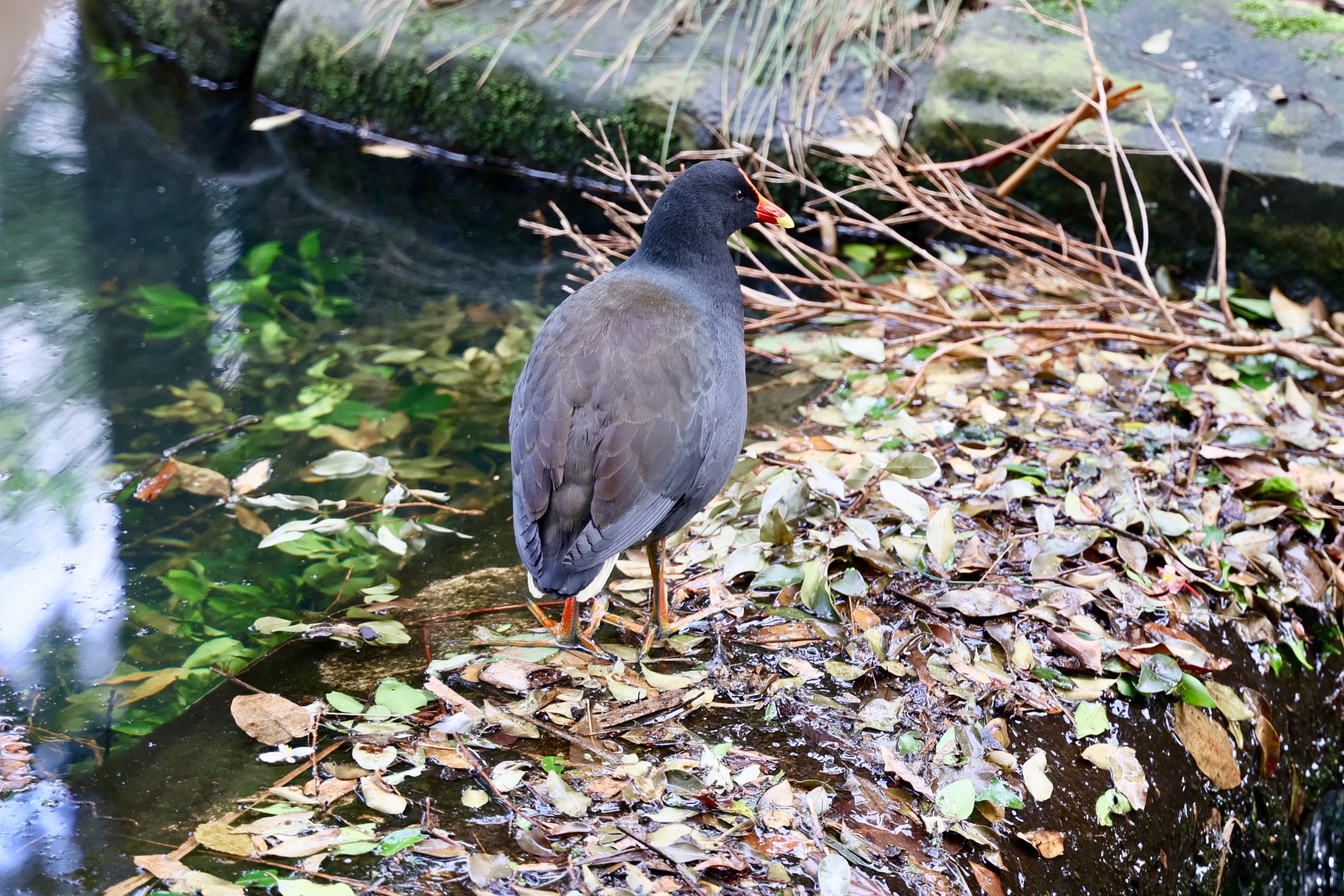

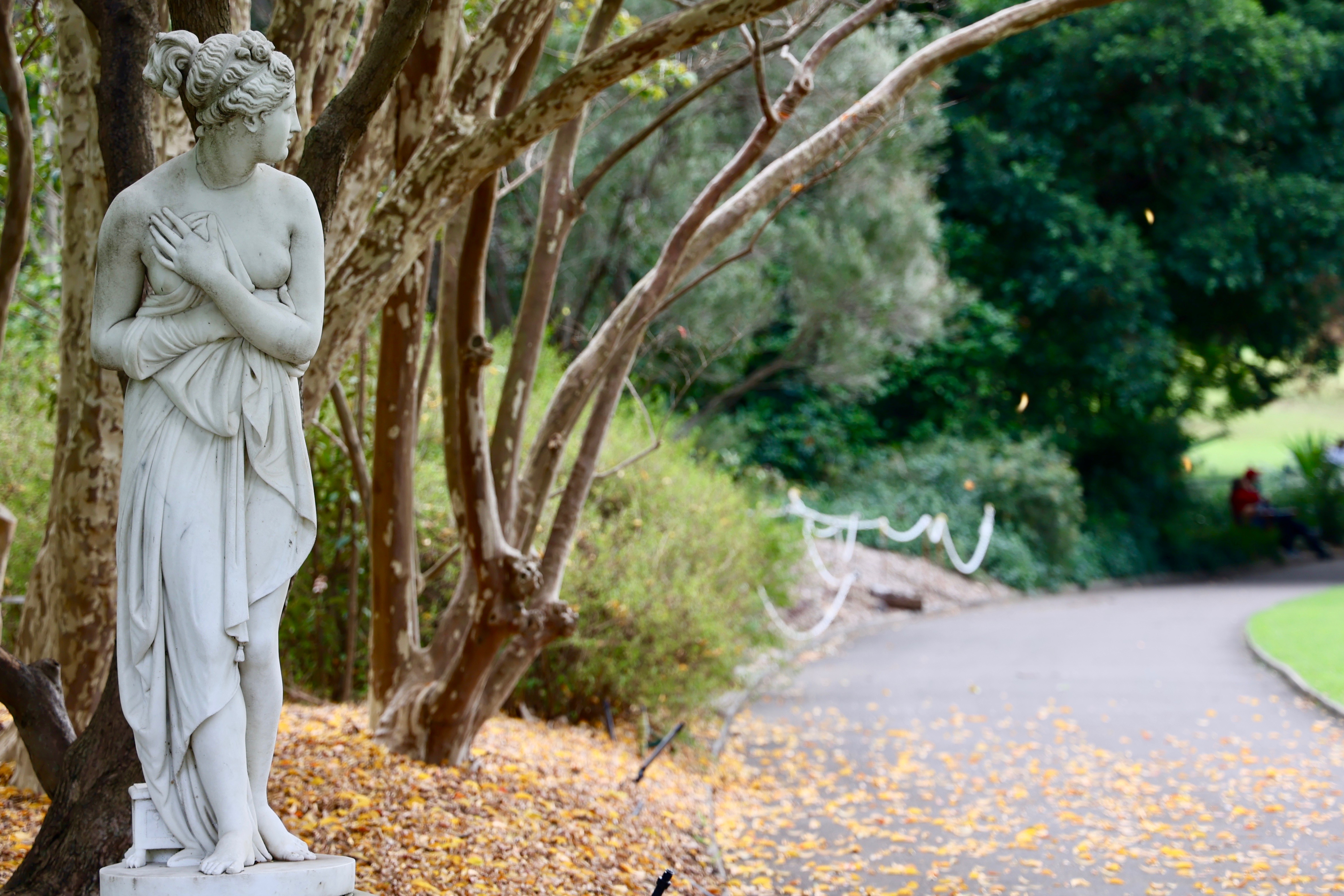



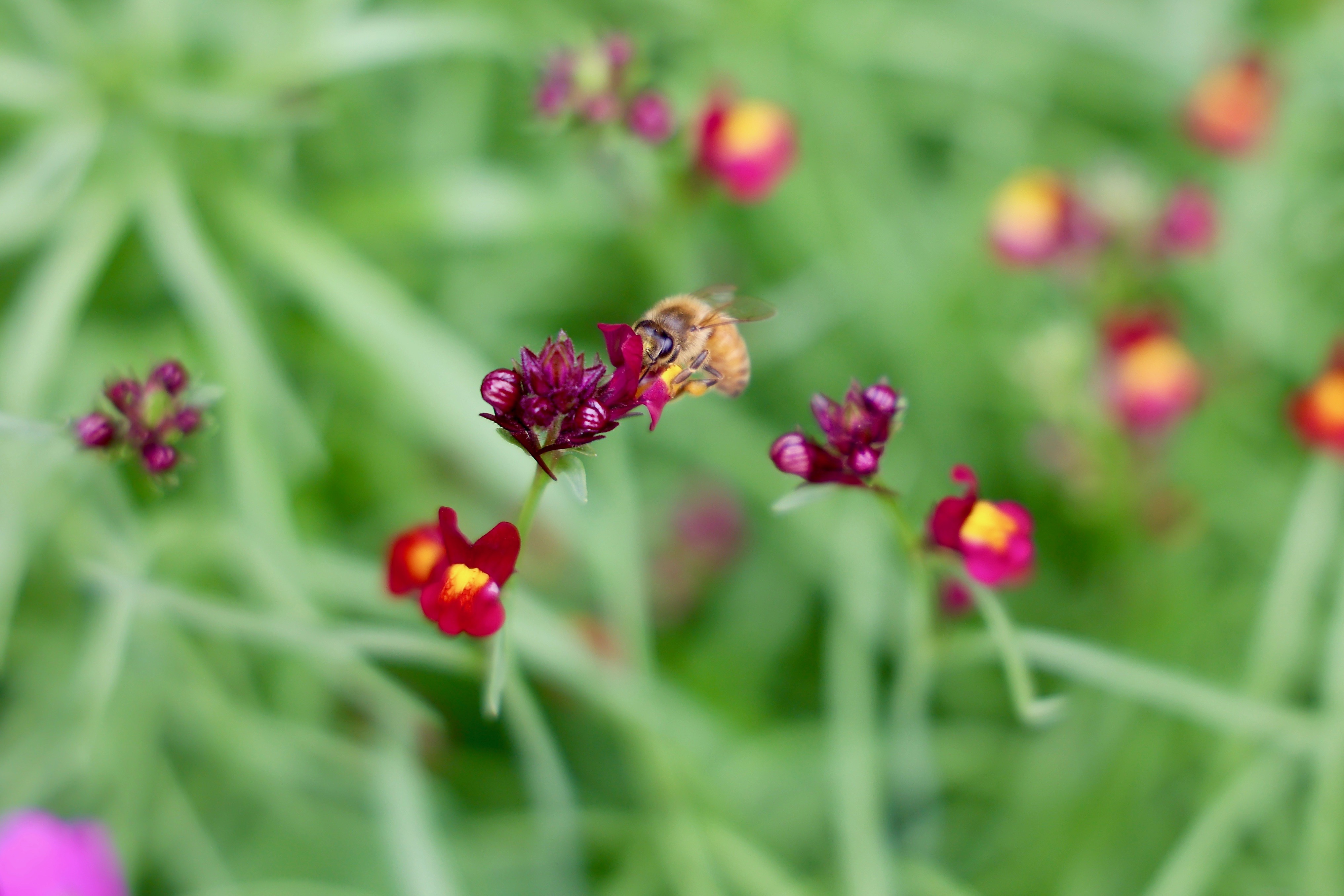


It’s difficult to judge image quality for a camera that’s not the final product, yet it’s hard not to say something about the test shots. With the RF 24-105mm f/4L IS USM lens attached to the R6, we were able to capture images that were sharp as a tack, and even without the final firmware Canon’s color science looks to have hit the mark again. Noise also seems to be well taken care of, and is barely evident even when an image (like the bee on the flower below) has been significantly cropped to zoom in on the subject.
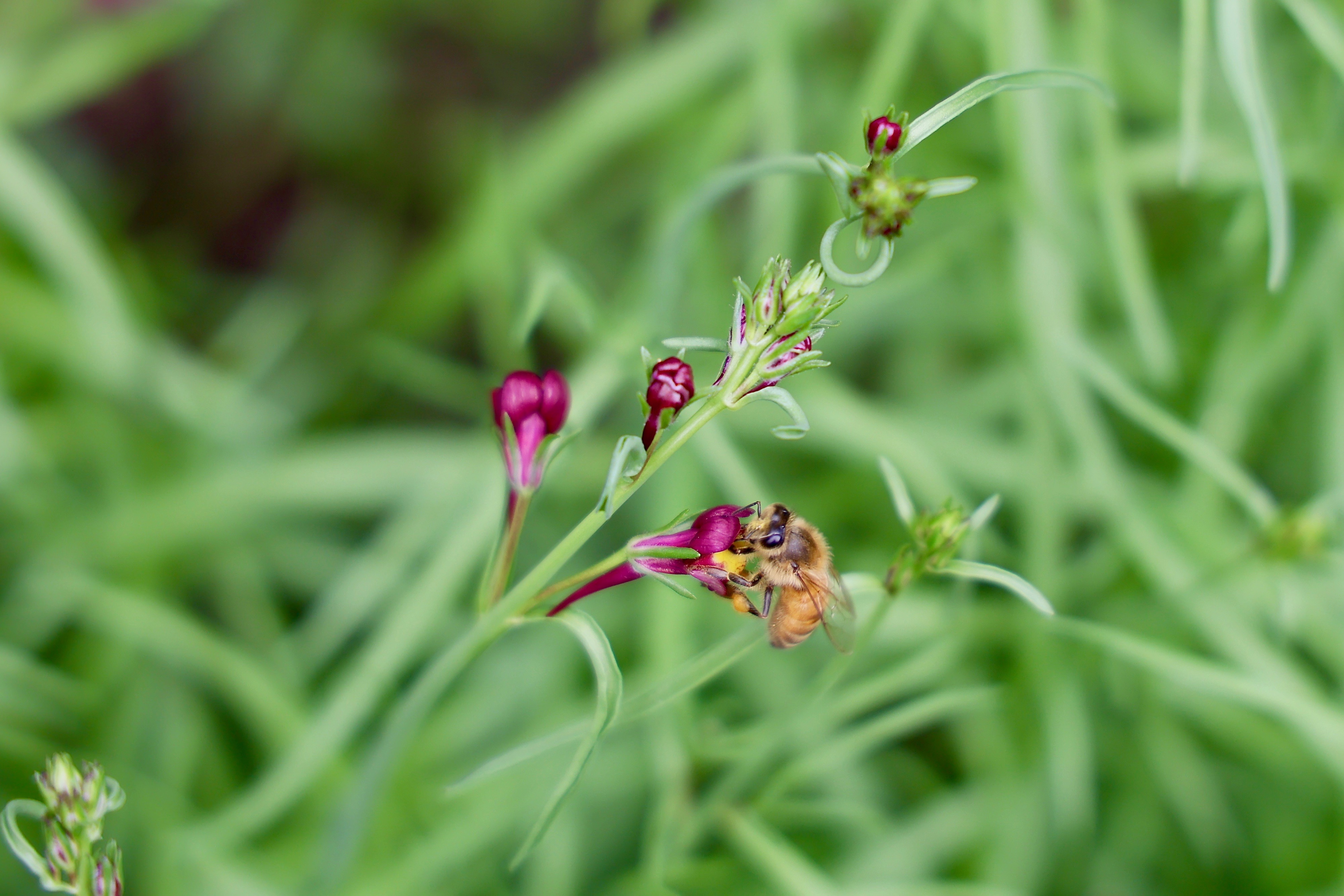
We also tested out the new IBIS system, and were able to use the R6 handheld with a shutter speed of 0.5 seconds (see image below). It might even be possible to go up to a 1-second shutter speed handheld, although the sharpness of your images will also depend on how steady your hands are.
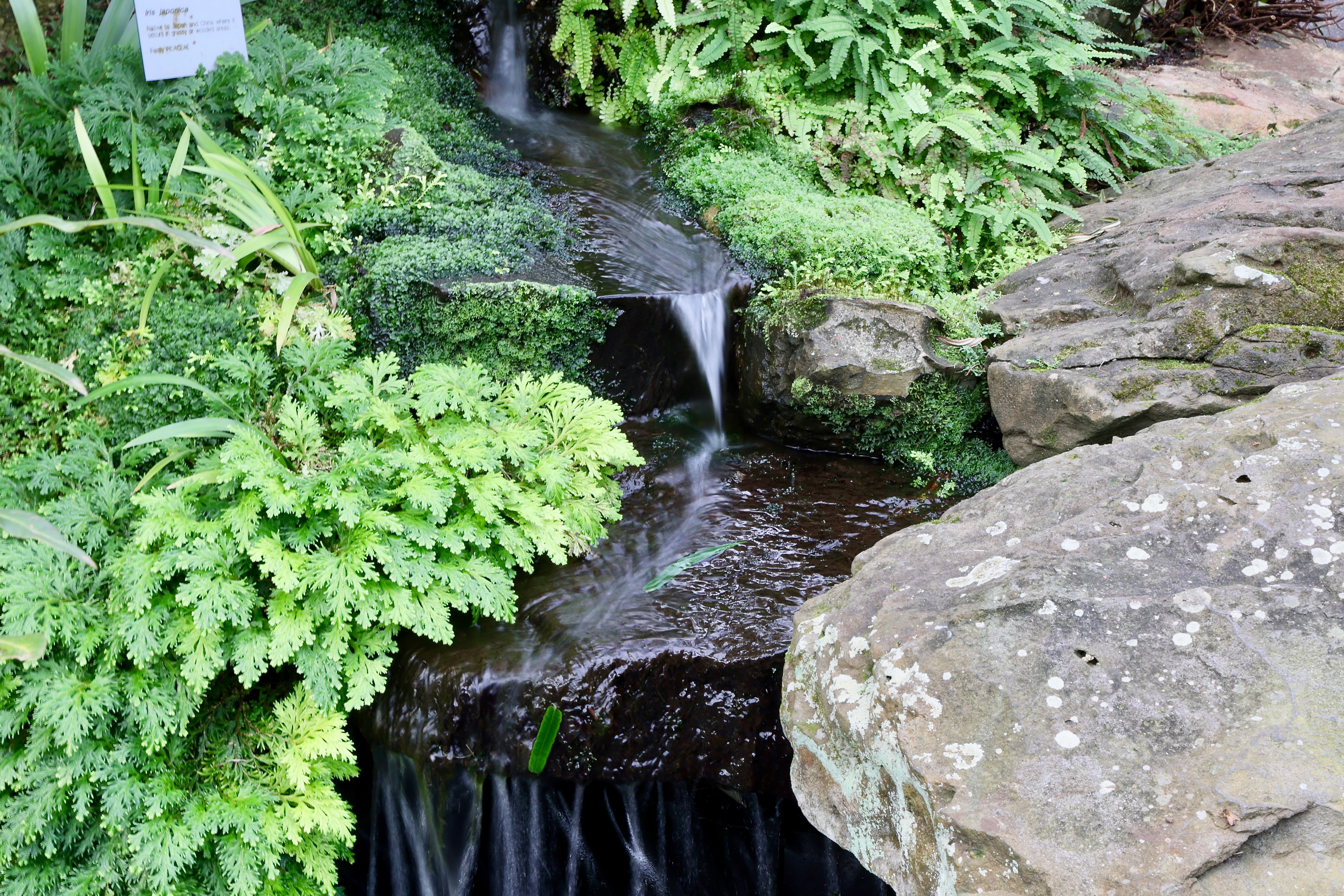
Buffer depth, while quite not as good as on the 1D X Mark III, is pretty impressive. Where the EOS R can capture a maximum burst of 47 raw and 100 JPEGs before needing to pause for breath, the R6’s spec sheet says the camera can process and save up to 240 raws and 360 JPEGs in one go.
Early verdict
There seems to have been a sea change at Canon. Not only have we finally got a relatively affordable Canon body with IBIS, but there’s 4K video recording using the full width of the sensor, even at high frame rates – and that’s just for starters.
Our initial tests of the EOS R6 have shown that the camera is well capable of giving its rivals a run for their money. The image stabilization system is class-leading, AF performance practically matches the EOS 1D X Mark III (which, we thought, outperformed the Sony Alpha A9 II), and it can almost match the speed of modern professional sports cameras, making it an ideal snapper for any scenario.
The R6 is capable of taking excellent images with great noise performance, and we’re champing at the bit to get our hands on the final product so that we can take a deeper dive, and see what the camera can do at high ISOs in low-light conditions.
If a pre-production sample can be this impressive, the EOS R6 could arguably be one of the best consumer cameras yet, if not the best.
from TechRadar: Technology reviews https://ift.tt/3iSbNhJ
No comments:
Post a Comment